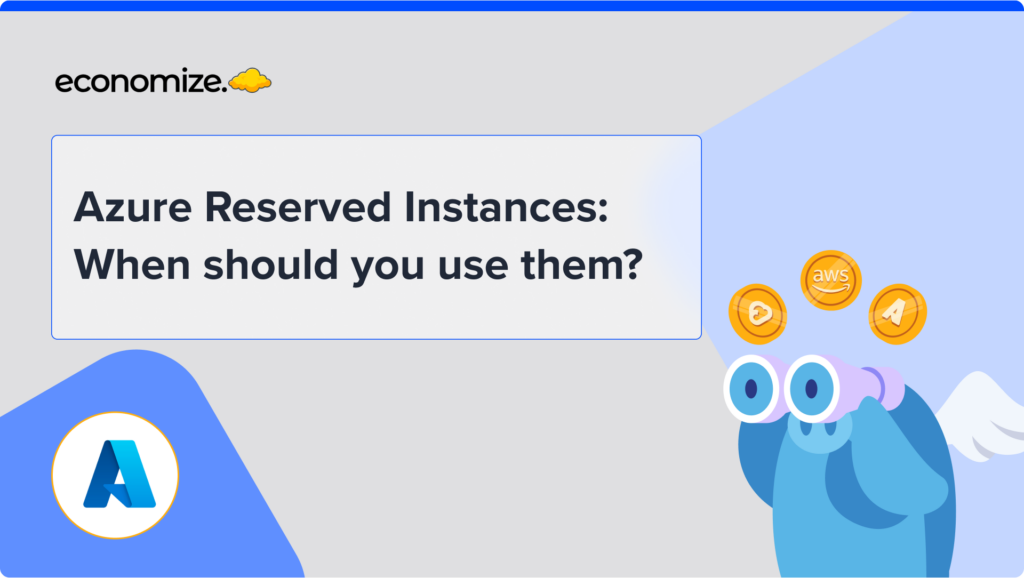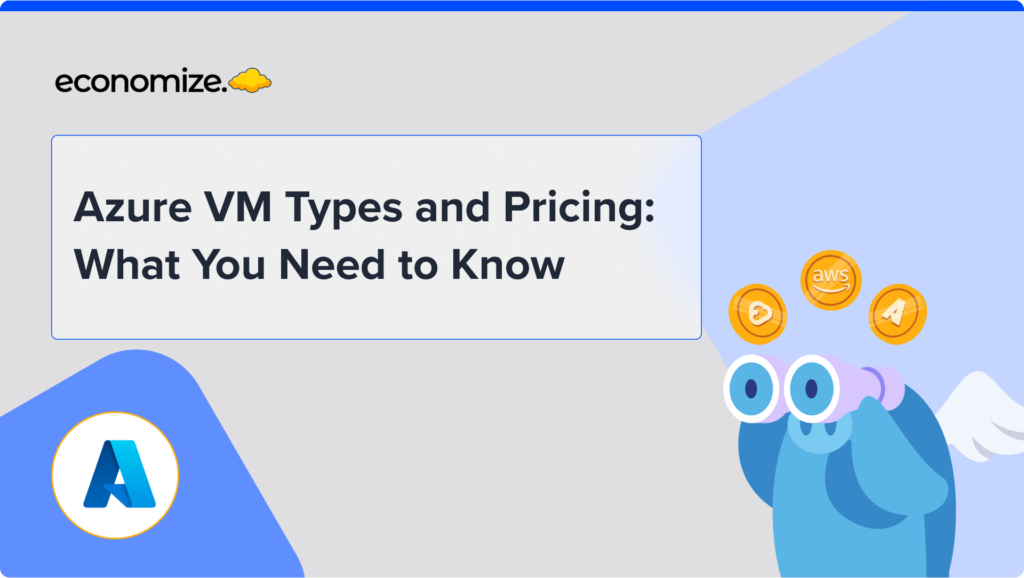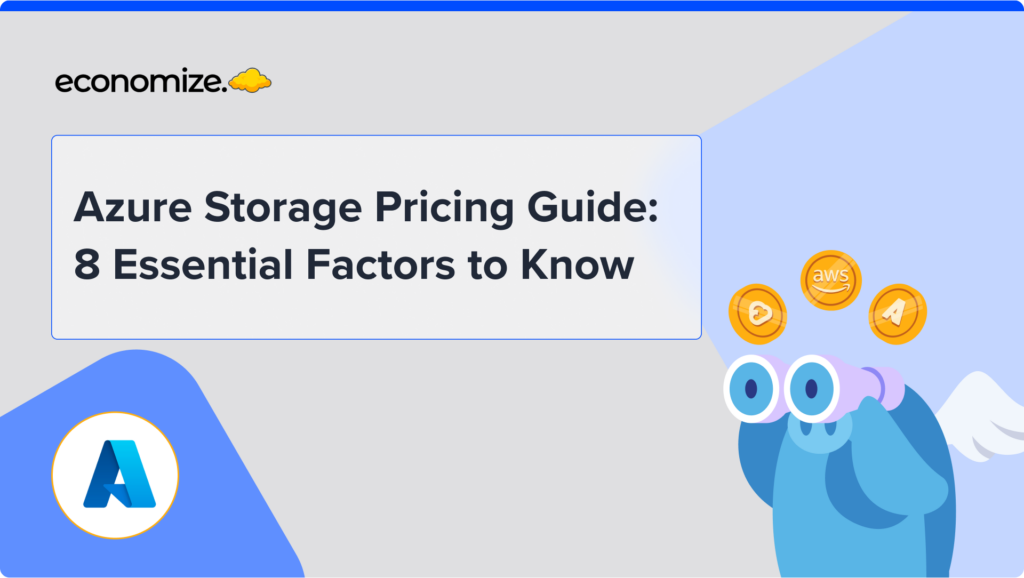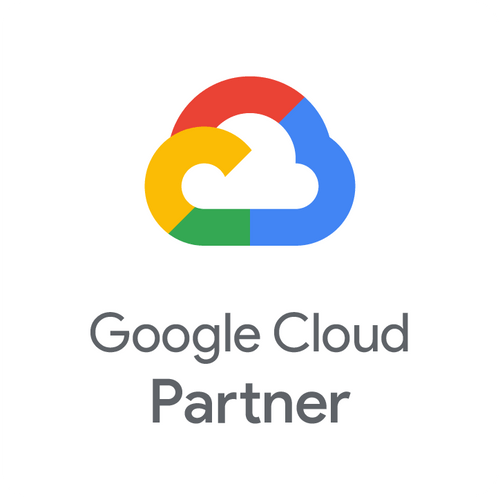Artificial Intelligence (AI) has transformed the business landscape, empowering organizations to unlock new insights and capabilities. OpenAI, a leader in AI research and development, provides a range of services and tools that enable businesses to build innovative solutions, improve operational efficiency, and enhance customer experiences.
While OpenAI services offer numerous benefits, they can also come with significant expenditure. In this article, we will discuss the different ways to track and optimize OpenAI usage and overall costs.
How can businesses use OpenAI?
OpenAI offers a range of cutting-edge AI services, including Chat GPT, GPT-4, DALL-E, and Davinci, that provide businesses with access to advanced machine learning capabilities and AI models. These services enable businesses to automate processes, improve decision-making, and drive innovation, unlocking new opportunities and enhancing the customer experience.
To access these powerful AI services, businesses can use the OpenAI API or Microsoft Azure OpenAI service.
- The OpenAI API provides businesses with a simple and scalable way to access AI models and cognitive services, while Microsoft Azure offers a range of AI-powered cognitive services, such as speech recognition and language understanding.
OpenAI Services Pricing
AI isn’t cheap. OpenAI services are priced based on a variety of factors, including the level of usage, the type of service, and any additional features or capabilities required. By understanding how OpenAI services are priced, businesses can make informed decisions about which services to use and how to optimize their costs.
The OpenAI API offers a range of pricing plans, depending on the level of usage and access required:
- The available plans include Developer, Business, and Enterprise, each with different usage limits, pricing, and features.
- The Developer plan starts at $0.000005 per token, while the Business and Enterprise plans offer custom pricing based on specific usage needs.
- Additionally, businesses may incur additional costs for data storage or API requests beyond usage limits.
Microsoft Azure also offers a variety of pricing plans for its OpenAI service, including a Pay-as-You-Go plan and a range of pre-paid plans.
- The Pay-as-You-Go plan charges based on the number of API calls and data processed, with prices starting at $0.50 per 1,000 transactions.
- Pre-paid plans, such as the S0 plan, offer a fixed number of transactions per month and may offer discounts for larger usage volumes.
After 6+ hours of debugging yesterday and today, I finally figured out the cause of unexpected steep rise in my OpenAI bill:
When an AI news article is popular enough, Emergent Mind feeds the article's content into the ChatGPT API to generate a summary, then tweets about it.… https://t.co/7xrPssZM4P
— Matt Mazur (@mhmazur) June 27, 2023
Azure OpenAI Pricing Table
The pricing table provides an overview of the pricing plans for the OpenAI API and Microsoft Azure OpenAI service, including the associated costs for token and transaction usage.
Tokens
A token is a unit of measure for how much computational power is required to generate an AI output. In the context of the OpenAI API, tokens are used to access AI models and cognitive services. The number of tokens required for a particular API call depends on the complexity of the task and the type of AI model being used.
Transactions
A transaction, on the other hand, is a single request made to an OpenAI service, such as an API call. Transaction costs are typically based on the number of API calls made or the amount of data processed
| Plan | Description | Price per Token | Price per 1,000 Transactions |
|---|---|---|---|
| OpenAI API Developer | Basic access to AI models | $0.000005 | $0.0005 |
| OpenAI API Business | Advanced access to AI models | Custom | Custom |
| OpenAI API Enterprise | Custom access to AI models | Custom | Custom |
| Azure OpenAI Pay-as-You-Go | Usage-based pricing for OpenAI API | $0.0005 per transaction | $0.50 per 1,000 transactions |
| Azure OpenAI S0 | Pre-paid plan for OpenAI API | N/A | $500 for 1,000,000 transactions |
How Much Does OpenAI Cost to Run? Models & Pricing
OpenAI offers a variety of AI models, each designed to cater to specific needs, and comes with a unique pricing model. The cost is mainly dependent on the chosen model and the number of tokens used for input and output.
Remember that a token is a unit of computational measure used in AI models. It can be roughly equated to a piece of a word, with 1,000 tokens being approximately equal to 750 words.
Let’s delve into a brief overview of the pricing for different OpenAI models:
- GPT-4: Known for its broad general knowledge and expertise, GPT-4 is capable of following complex instructions and solving challenging problems. Its cost is dependent on the context length (i.e., the number of tokens taken into account by the model), with prices per 1,000 tokens ranging from $0.03 to $0.12 for input and output, respectively.
- ChatGPT: Optimized for dialogues, ChatGPT offers the same performance level as Instruct Davinci. The prices for input and output per 1,000 tokens range from $0.0015 to $0.004.
- InstructGPT: These models are designed to follow single-turn instructions, with four different variants available – Ada, Babbage, Curie, and Davinci. The price ranges from $0.0004 to $0.0200 per 1,000 tokens, depending on the chosen model.
- Fine-tuning Models: OpenAI allows users to create custom models by fine-tuning the base models with their data. The cost for these models is two-fold – you pay for training and then for the usage. The costs for Ada, Babbage, Curie, and Davinci range from $0.0004 to $0.0300 per 1,000 tokens for training and $0.0016 to $0.1200 per 1,000 tokens for usage.
- Embedding Models: These models are designed for advanced search, clustering, topic modeling, and classification functionalities. The costs range from $0.0001 to $0.2000 per 1,000 tokens, depending on the model version.
- Image Models: OpenAI’s DALL·E enables the generation and editing of novel images and art directly into your apps. The cost depends on the resolution, ranging from $0.016 to $0.020 per image.
- Audio Models: Whisper, OpenAI’s speech-to-text model, can transcribe speech into text and translate various languages into English. It’s priced at $0.006 per minute, rounded to the nearest second.
Here is a pricing table showing a summarized view of the costs associated with different models:
| Model | Purpose | Cost per 1K tokens/input | Cost per 1K tokens/output |
|---|---|---|---|
| GPT-4 (8K context) | General purpose | $0.03 | $0.06 |
| GPT-4 (32K context) | General purpose | $0.06 | $0.12 |
| ChatGPT (4K context) | Dialogues | $0.0015 | $0.002 |
| ChatGPT (16K context) | Dialogues | $0.003 | $0.004 |
| InstructGPT (Ada) | Instructions | $0.0004 | N/A |
| Fine-tuning (Davinci) | Custom models | $0.0300 (training) | $0.1200 (usage) |
Remember, pricing models can be complex, especially when dealing with cutting-edge AI technologies. It is essential to understand each model’s costs and how they apply to your specific use-case before deciding on the best and most cost-effective approach.
Azure OpenAI Cost Monitoring
To effectively track and optimize OpenAI costs for the Microsoft Azure OpenAI service, businesses can use a range of built-in monitoring tools and features. These tools allow businesses to review usage, performance and utilization to identify potential cost optimization opportunities.
To get started, businesses can follow these steps for gaining visibility and monitoring OpenAI costs:
- Create a budget: The first step in monitoring costs for the Azure OpenAI service is to create a budget. This can be done by navigating to the “Cost Management + Billing” section of the Azure portal and selecting “Budgets.” From there, businesses can set a budget for the OpenAI service, specifying the amount of money they want to spend and the time period for the budget.
- Set alerts: Once a budget has been created, businesses can set alerts to notify them when they are approaching or exceeding their budget. This can be done by selecting “Alerts” from the “Cost Management + Billing” section of the Azure portal and creating an alert rule for the OpenAI service. This alert rule can be customized to trigger notifications when certain cost thresholds are met.
- Export billing data: To analyze OpenAI costs in more detail, businesses can export billing data from the Azure portal. This can be done by selecting “Cost Management + Billing” and then “Export” from the Azure portal. From there, businesses can export billing data for the OpenAI service and other Azure resources in various formats, such as CSV or JSON.
- Review usage reports: In addition to budgeting, alerts, and billing data export, businesses can review usage reports to gain insights into OpenAI costs. This can be done by selecting “Cost Analysis” from the “Cost Management + Billing” section of the Azure portal. From there, businesses can review usage reports for the OpenAI service and other Azure resources, identifying areas where cost optimization may be possible.
Azure OpenAI Cost Optimization
Optimizing costs for Azure OpenAI Service is a critical part of managing your AI expenses. In this section, we will explore some of the best ways to optimize costs for Azure OpenAI Service.
- Use the right series of models: Azure OpenAI Service offers various series of models that are optimized for different use cases. Choosing the right series of models for your needs can help you avoid unnecessary costs. The series that you choose can have a significant impact on your overall costs. For instance, if you’re using OpenAI’s GPT-3 API for language processing tasks, choosing the right series, such as the Ada or the Babbage series, can help you optimize your token usage and save costs.
- Optimize token usage: Review your application and the number of tokens being used per request to determine if there are ways to optimize token usage. Take for instance, you may be able to combine requests or reduce the number of requests needed. Token costs vary depending on which model series you choose. By optimizing token usage, you can save on token costs, which can add up over time.
- Set appropriate resource limits: Set resource limits based on your application’s needs to avoid unnecessary expenses. This can help ensure that resources are only used when needed. You can set limits on the number of tokens, the amount of data processed, and the number of requests made.
- Turn off resources when not in use: When you’re not actively using a resource, turn it off to avoid incurring unnecessary expenses. This can be done manually or through automation. You can use Azure Automation to schedule resource turn-off times or use Azure Functions to set up triggers for resource turn-off.
- Use Azure Prepayment: You can pay for Azure OpenAI Service charges with your Azure Prepayment credit. However, keep in mind that you can’t use Azure Prepayment credit to pay for charges for third-party products and services, including those from the Azure Marketplace.
In addition to the above recommendations, here are some other tips to optimize costs for Azure OpenAI Service:
- Use caching mechanisms to reduce the number of requests made to OpenAI Service.
- Consider using Azure Functions to optimize resource usage and minimize costs.
- Use cost management tools, such as Azure Cost Management and Billing, to monitor and optimize your costs.
- Regularly review your usage and adjust your resource usage as needed to optimize costs.
- Use Azure Advisor to get recommendations on how to optimize your resources and costs.
OpenAI API Cost Monitoring & Optimization
Unfortunately, there is no formal documentation available for OpenAI API regarding cost monitoring and optimization, as the platform is constantly evolving and improving. Therefore, this section was developed with the assistance of GPT-4 from ChatGPT, an AI language model capable of generating human-like responses to various queries.
Here are some ways to monitor OpenAI API costs:
- Dashboard: OpenAI provides a dashboard that allows users to monitor their usage of the API. This dashboard provides real-time information on how many requests have been made, how many tokens have been used, and how much the current session has cost. Users can also see their usage history and get an estimate of how much they’ll be charged at the end of the month.
- Usage Reports: OpenAI also provides detailed usage reports that can be exported as CSV files. These reports can be used to analyze usage patterns over time, identify areas of high usage, and track costs. These reports can be exported to BigQuery or any other data analytics service.
- Third-Party Tools: There are several third-party tools available that can help with monitoring OpenAI API costs. Two innovative tools have quickly gained popularity, offered by Vantage and New Relic.
- With Vantage, businesses can easily track API usage across multiple OpenAI API keys and get granular visibility into which applications are using the API the most.
- New Relic offers an observability dashboard that provides a holistic view of application performance, including OpenAI API usage and costs
OpenAI API Cost Optimization Recommendations
By implementing these recommendations, you can effectively manage your OpenAI API costs and maximize your ROI. Here are a few ways you can reduce OpenAI API costs according to GPT-4:
Use the right models: OpenAI API offers a wide range of models with varying levels of complexity, accuracy, and cost. Choosing the right model for your specific use case can significantly reduce your costs. For example, if you don’t require extremely high accuracy, you can use a simpler and more cost-effective model.
Optimize token usage: Carefully monitor the number of tokens being used per request to determine if there are ways to optimize token usage. You can combine requests or reduce the number of requests needed to process the same amount of data. Avoid unnecessary requests or calls that may lead to unnecessary costs.
Monitor usage and costs: Use OpenAI’s dashboard, usage reports, and cost management tools to closely monitor your usage and costs. Regularly analyze your usage patterns to identify areas of high usage and potential cost savings. Set alerts to notify you when usage reaches a certain threshold to avoid surprises at the end of the month.
Implement caching: Consider implementing caching to avoid repetitive requests to the OpenAI API. Caching can significantly reduce the number of requests made to the API, which can lead to lower costs.
Conclusion
Using AI isn’t cheap. OpenAI costs, just like cloud costs, can accumulate quickly without proper tracking, optimization, deletion, and implementation. This can lead to unexpected expenses that can impact an organization’s bottom line. However, there are several ways to optimize OpenAI API costs, such as using the right series of models, optimizing token usage, setting appropriate resource limits, and turning off resources when not in use.
Organizations today use a multitude of cloud, AI, and SaaS services to keep their business operations running smoothly. However, managing these resources can become overwhelming, and organizations may find themselves overpaying for services or accumulating expenditure from underutilized resources.
Economize offers an end-to-end FinOps solution that enables organizations to develop a cost optimization strategy to reduce their cloud, AI, and SaaS costs. With Economize, organizations can achieve their business objectives without breaking the bank on cloud and AI services.
Sign up for a free demo to start saving on your cloud services today.










